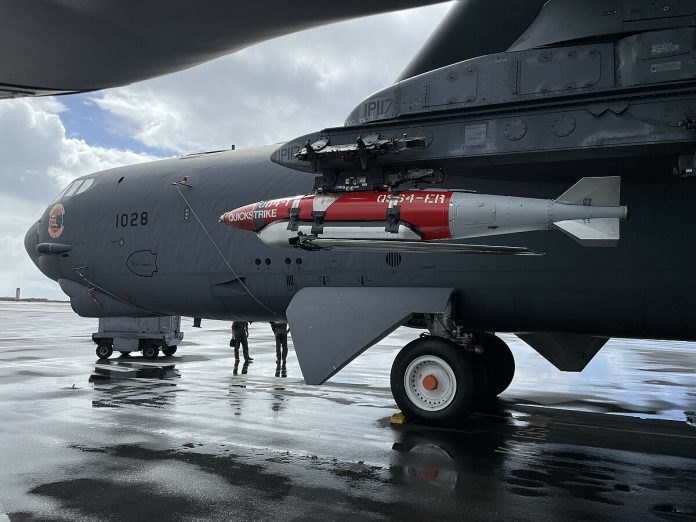
In a significant step toward modernizing its mine countermeasure capabilities, the U.S. Navy is forging ahead with the integration of cutting-edge unmanned systems. On April 18, the Navy announced the successful embarkation of the first Mine Countermeasures Mission Package (MCM MP) aboard the USS Canberra (LCS 30), marking a pivot from legacy platforms to more advanced and versatile approaches in addressing naval mine threats.

The integration of the MCM mission package on the Independence-variant Littoral Combat Ship (LCS) heralds a new era where sailors will be distanced from minefields, enhancing their safety and operational effectiveness.

According to Capt. Matthew Lehmann, program manager of the LCS Mission Modules program office, “The LCS Mission Modules program delivers to the fleet a modernized and integrated MCM mission package that removes Sailors from the minefield and allows for the future retirement of legacy MCM ships.”
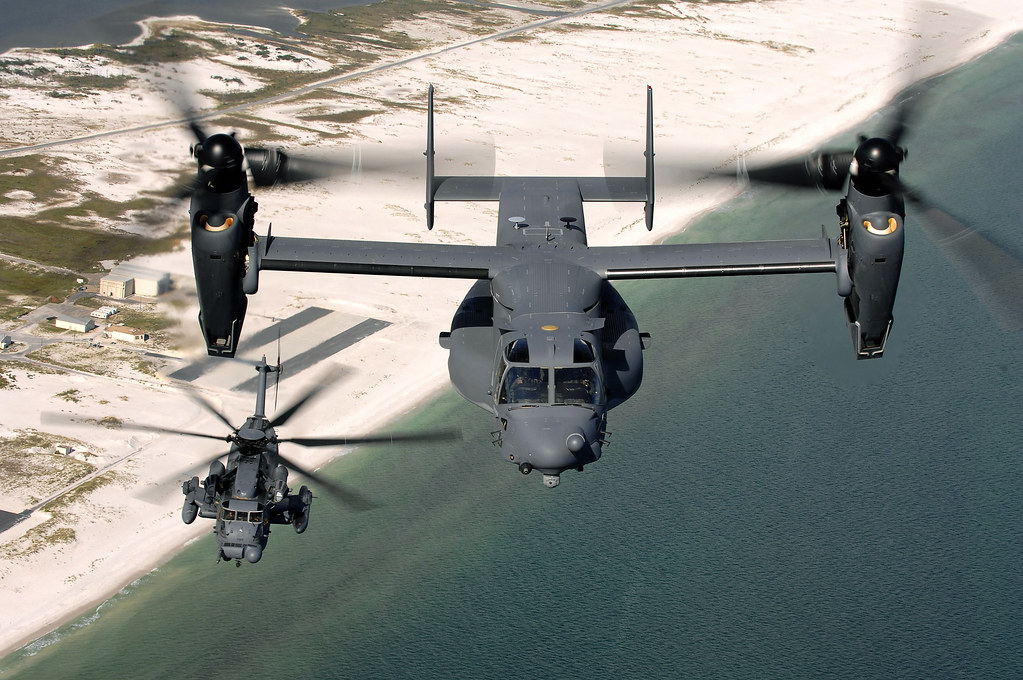
This transition also sets the stage for the retirement of aging MH-53 helicopters and Avenger Class MCM ships as the new technology takes over.
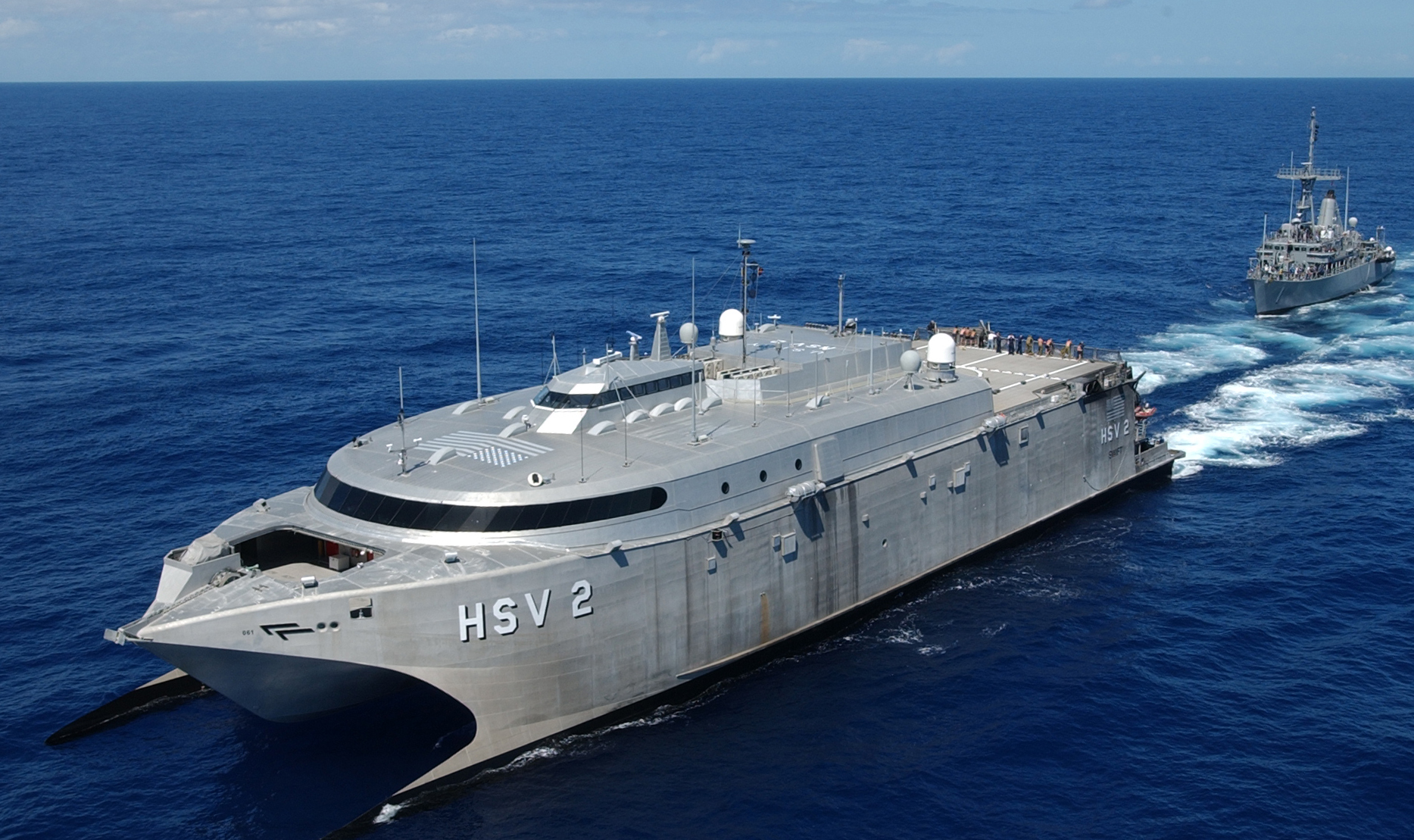
The MCM MP, which reached Initial Operational Capability on March 31, 2023, comprises an integrated suite of unmanned maritime systems and sensors designed to locate, identify, and neutralize mines.
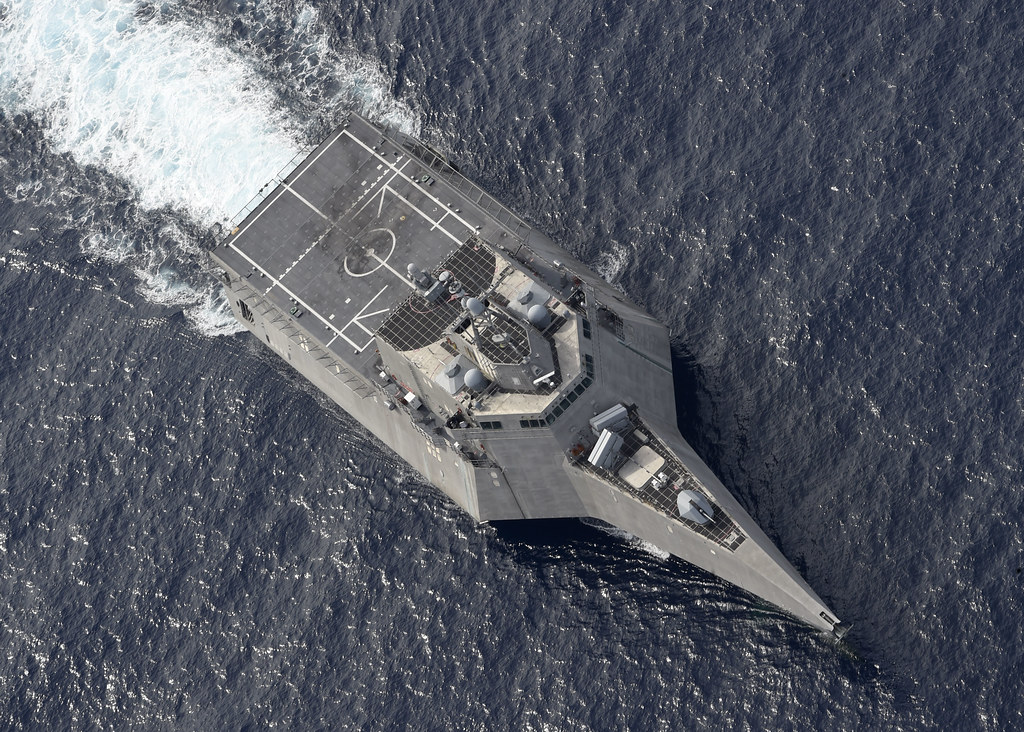
Such capabilities are critical in littoral areas where naval mines can pose significant risks to U.S. naval operations and allied shipping. The LCS, equipped with the MCM mission package, is now able to conduct a full spectrum of mine countermeasure operations from detection to engagement, using various assets like the MCM Unmanned Surface Vehicle (USV) and the MH-60S multi-mission helicopter.
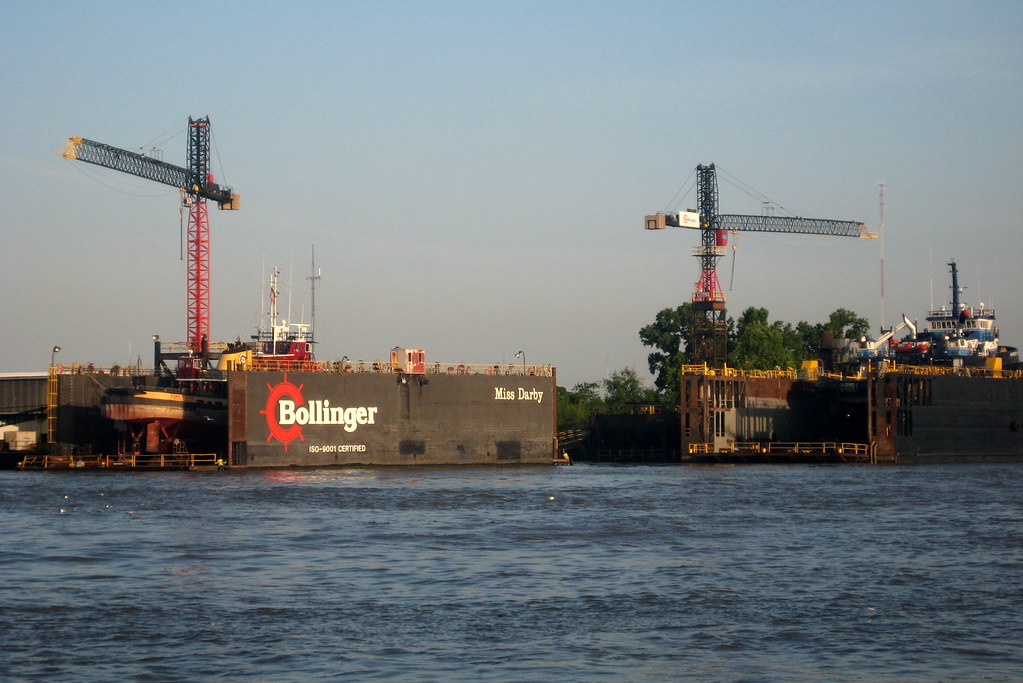
Meanwhile, the Navy’s collaboration with industry partners like Bollinger Shipyards is pivotal in realizing its vision for autonomous mine countermeasure vessels. The U.S. Navy has awarded Bollinger, alongside HII Unmanned Systems and Raytheon Technologies, the contract to build the Mine Countermeasures Unmanned Surface Vessel (MCM USV). This autonomous vessel is poised to play a critical role in both minesweeping and mine hunting missions.

SW2011-0243-36
14 Aug 2011
Shearwater, Nova Scotia
“Bollinger is honored to be entrusted by the U.S. Navy to engineer and build the Mine Countermeasures Unmanned Surface Vehicle program,” said Ben Bordelon, President and CEO of Bollinger Shipyards.“Bollinger’s skilled workforce is second to none and will work to build and deliver this advanced capability to our Nation’s fleet using the highest levels of craftsmanship and quality that we have come to be known for. We are proud to partner with HII Unmanned Systems and Raytheon Technologies to build a state-of-the-art, multi-mission unmanned surface vehicle capable of both hunting and sweeping naval mines to support and protect the men and women of the U.S. Navy and our allies around the world.”
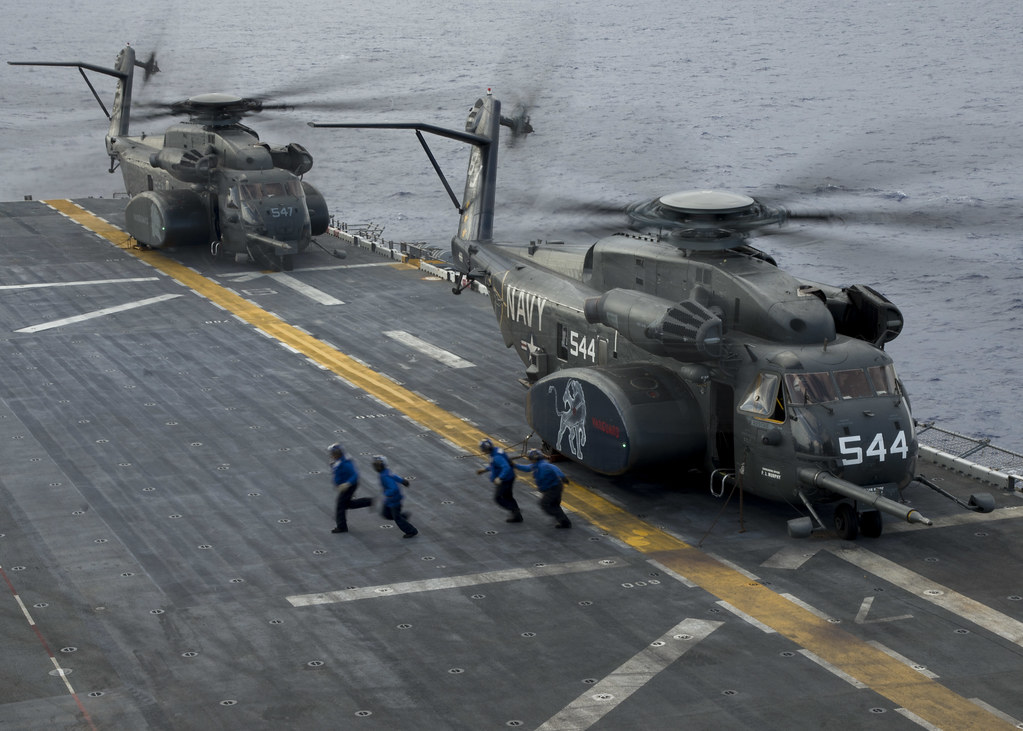
The urgency for such technological advancements is underscored by the Navy’s current dependence on the dwindling fleet of Avenger-class ships and MH-53E Sea Dragon helicopters, which are nearing the end of their service life.
&USS_Jackson_LCS-6.jpg)
Lt. Meagan Morrison, a Navy public affairs officer, emphasized that “the Navy will comply with 2021 NDAA requirements before retiring legacy MCM mine countermeasure platforms. Those retirements are based on fielding expeditionary modular MCM capabilities and not on a target date.”
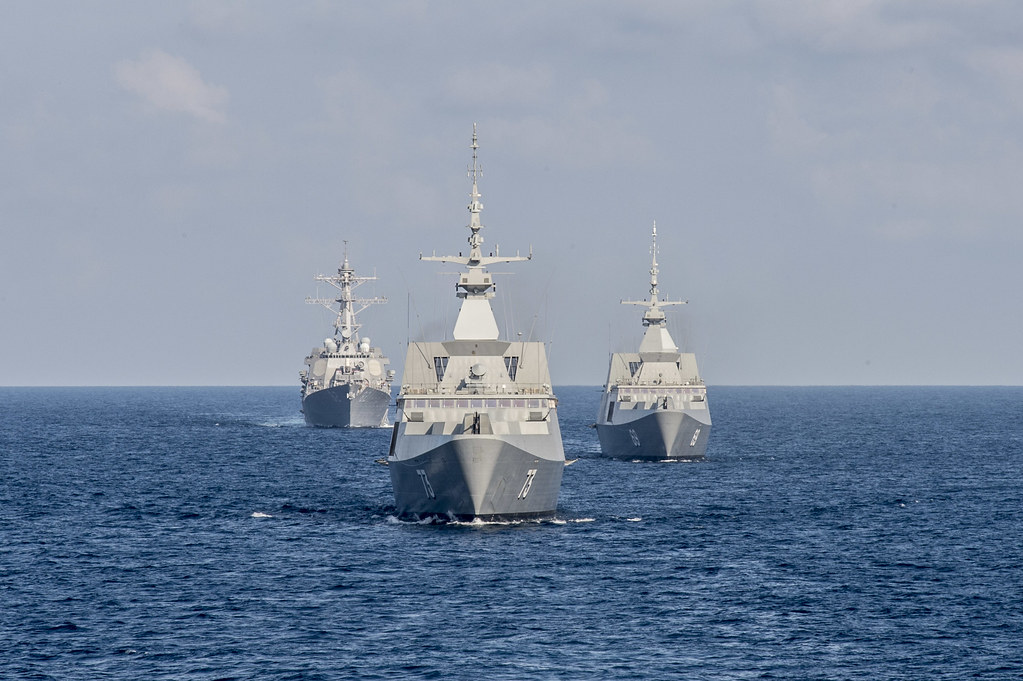
However, the challenge of adapting to a future dominated by unmanned systems is not without concerns. Anthony Freedman, a senior research scientist with the Center for Naval Analyses, highlighted that the forthcoming systems may not be optimally suited for contested environments.
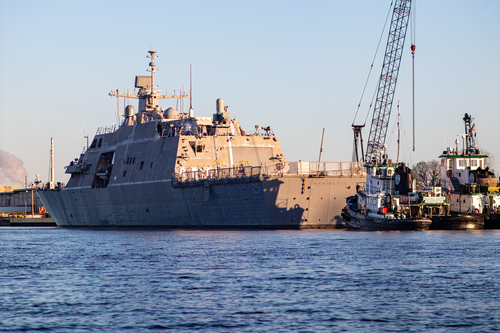
Freedman and others within the Navy recognize the importance of developing a single platform capable of both detecting and neutralizing mobile mines, which could be critical in dynamic threat scenarios.
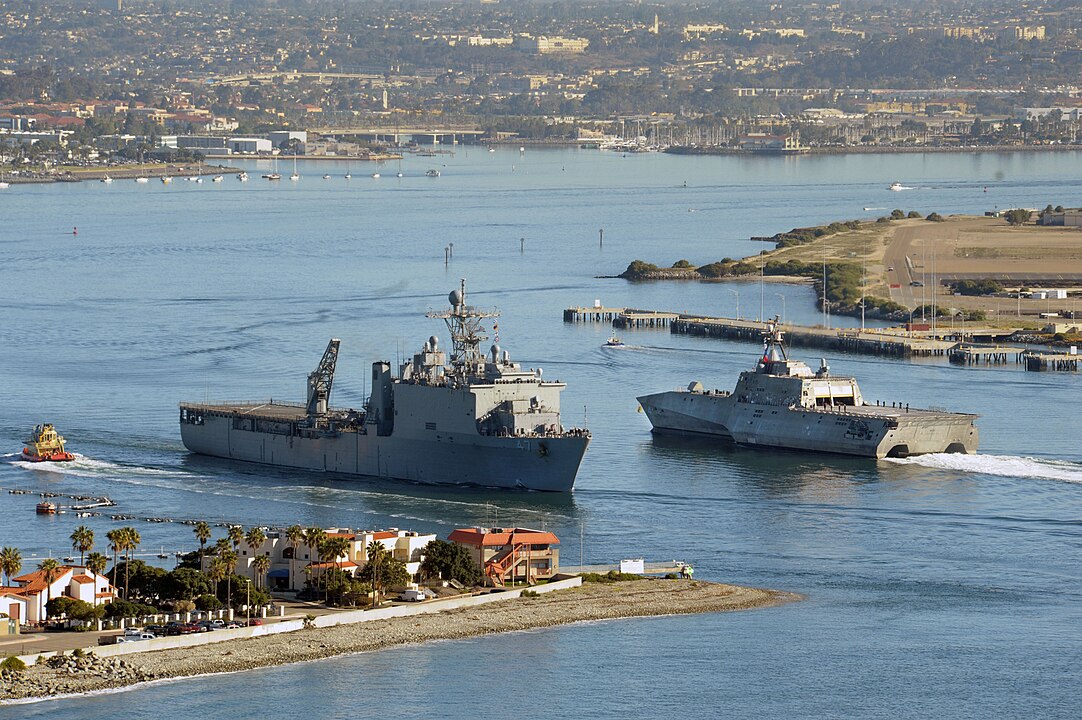
The Navy’s strategic focus is also shifting towards covert mine-laying capabilities, potentially giving the U.S. an asymmetric edge in conflicts.

General Dynamics Mission Systems, for example, has been contracted to deliver prototypes of the Hammerhead moored anti-submarine mine, which, when activated, can autonomously release a Mark 54 lightweight hybrid homing torpedo against adversary submarines.
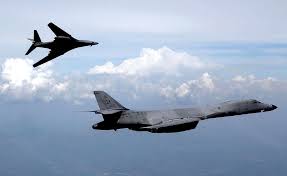
Recent exercises have showcased the use of Air Force B-1B bombers to deploy Quickstrike airborne mines, indicating continued development of advanced mine warfare strategies.
Relevant articles:
– U.S. Navy Announces First Mine Countermeasures Mission Package Embarked on USS Canberra, United States Navy (.mil)
– BOLLINGER SHIPYARDS AWARDED U.S. NAVY CONTRACT TO BUILD MINE COUNTERMEASURES UNMANNED SURFACE VEHICLE, Bollinger Shipyards
– Navy Mine Warfare Teeters Between Present, Future, National Defense Magazine
– The U.S. Navy’s Littoral Combat Ship Could Soon Be on the Comeback Trail
